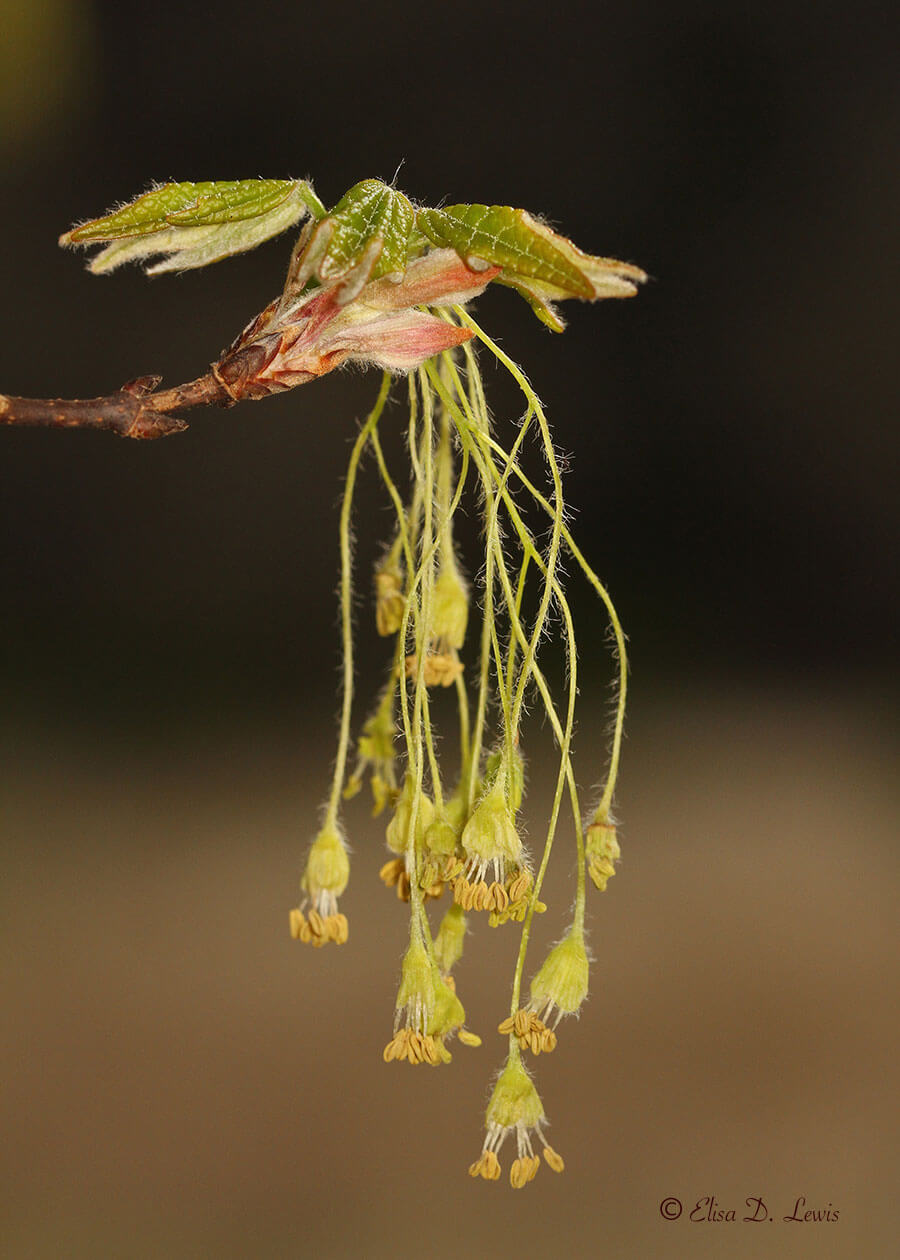
They say that timing is everything. For birders whose getaways are tied to school holidays, the timing of spring break is usually too early for spring migration. Not this year! With the deciduous trees just starting to put out new growth, Spring Break 2014 was timed perfectly for birding Lost Maples State Natural Area on the Edward’s Plateau of Central Texas.
Our goal was to see and photograph male Golden-cheeked Warblers (which typically arrive in Central Texas around March 10th) singing in the treetops before the trees were completely leafed-out. We heard many Golden-cheeked Warblers, but got only a few ID shots. The trip was a success for other reasons, however, in part due to the generosity of Richard Redmond of the Texas Ornithological Society who spent a day with us and shared his vast knowledge of Hill Country birds and birding techniques, especially tracking target birds by their songs . . .
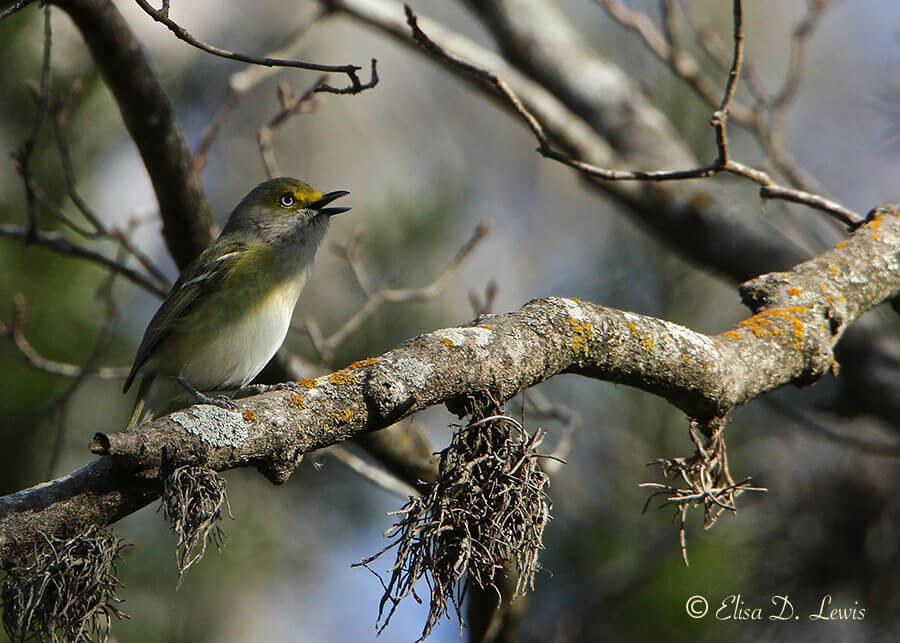
Two Trips in One
When we go birding together, we often end up birding apart. Different things catch our eyes and ears, and so we end up with unique take-aways on the same get-away. In this spirit, we decided to share our Lost Maples birding experience “he said, she said” style.
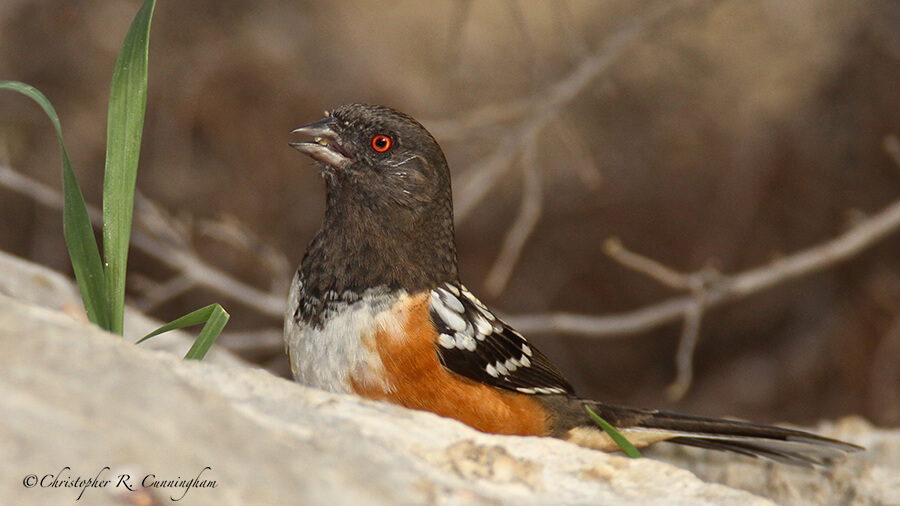
Chris’s Field Notes
The most abundant species observed were Chipping and Rufous-crowned Sparrows, Black-crested Titmice, and Black-chinned Hummingbirds, but I also saw White-eyed and Yellow-throated Vireos (and also caught the merest glimpse of a Hutton’s Vireo), Black and White, Orange-crowned, Louisiana Waterthrush, and Yellow-throated Warblers. Other highlights included a male Scott’s Oriole, a pair of Canyon Wrens, and a nest-sitting Great Horned Owl and Red-tailed Hawk. Wildflowers were on the sparse side, but Agarita and Bigtooth Maple were in bloom . . . . My couch-potato Houston Flatlander lifestyle didn’t help tackling those canyon trails hauling 30lbs of photographic equipment, but I came back invigorated and looking forward to the next trip.
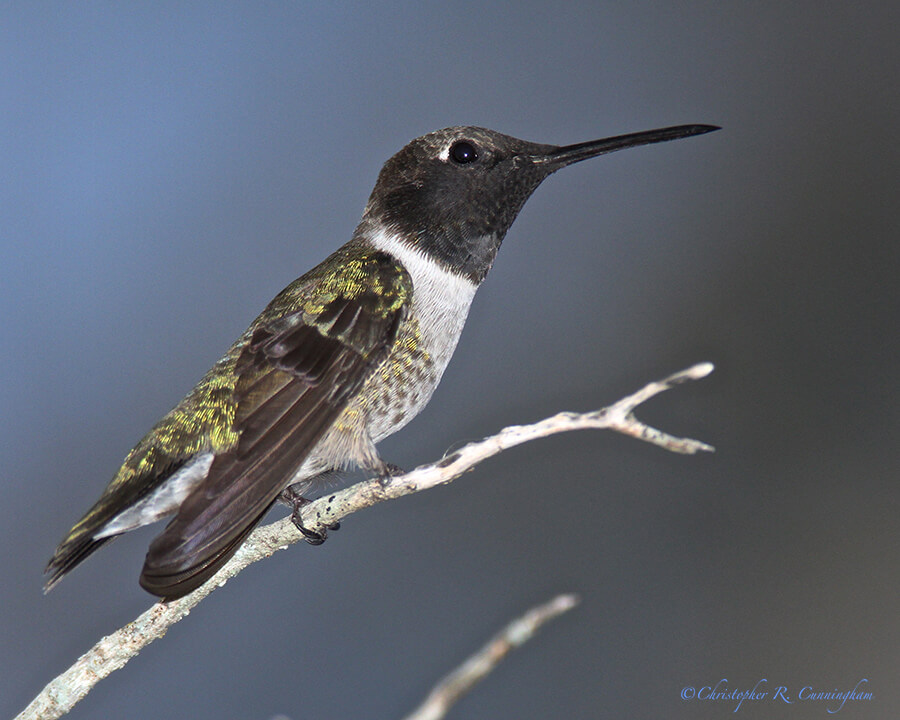
Elisa’s Field Notes
If it weren’t for our chance encounter with Richard and his experienced ear, I would likely never have seen half the species I observed — many of which were firsts for me including the Golden-cheeked Warbler, the Yellow-throated Vireo, and a far-off-in-the-distance Hutton’s Vireo. This trip, more than any other, clearly illustrated the need to know more birds by ear. Springtime is a great time to study bird songs and, wouldn’t-cha know, there’s an app for that. The bird identification mobile app that I use provides representative vocalizations, but most birds sing more than one tune. After a quick search, I downloaded BirdTunes and found it to be an encyclopedic resource of songs, calls, and scolding vocalizations, with regional variations for most species.
As a visual learner, birding by ear has always been daunting, and I quickly forget which bird sings which song when I don’t see and hear them regularly. On this trip, I developed a strategy that I think will work for the long-term. I characterize the song in a way that I can associate with the bird’s name or identifying feature. For example, the song of the Canyon Wren reminds me of a horse whinny which I associate with canyons and the West. Now when I hear that cascading whinny, I think “canyon” then “Canyon Wren” and look to the rocks to find it.
I was lucky to photograph two species singing on this trip — the vireo near the top of the post and the titmouse included in this spring’s “Image of the Season” sidebar. It bears mentioning that I used the bird song app as a pre-birding and post-birding tool for review and study, and not in the field to attract the birds. If you use recordings in the field, please do so responsibly. Check out the American Birding Association’s Code of Ethics section 1(b) for guidance.
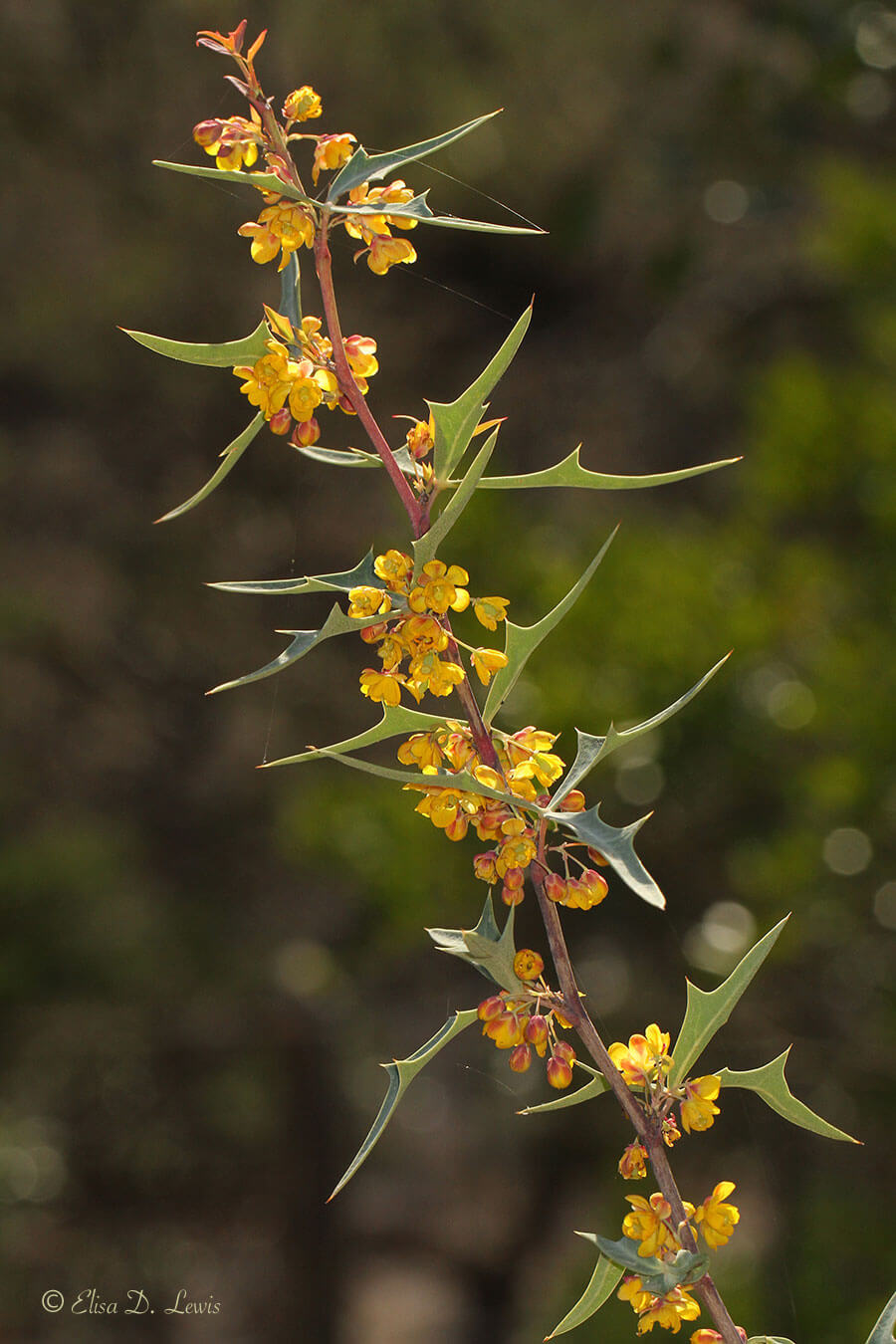
To be interested in the changing seasons is a happier state of mind than to be hopelessly in love with spring.—George Santayana
©2014 Christopher R. Cunningham and Elisa D. Lewis. All rights reserved. No text or images may be duplicated or distributed without permission.